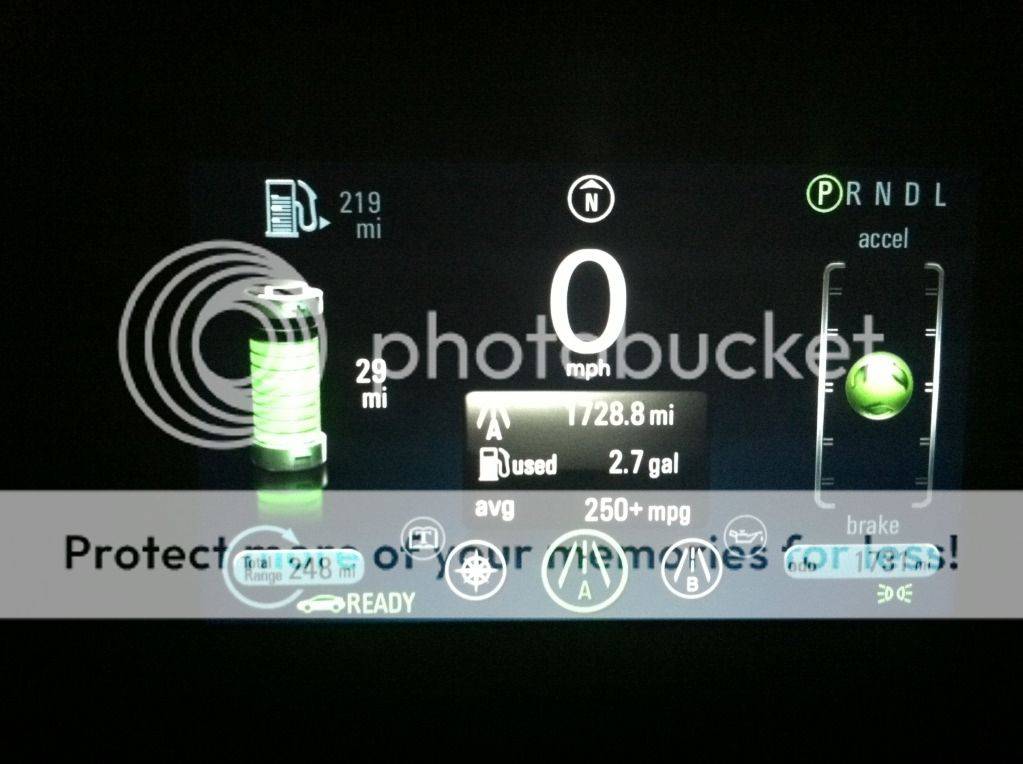It appears that the VOLT is not even good for the environment....

Detailing the greenwashed Chevy Volt | JunkScience.comAccording to the EPA the 4-seat Volt is capable of driving 35 miles on its 16 kilowatt hours (kWh) of stored electric charge. The Volts gas-only fuel economy rating is 37 mpg.
Since two oxygen atoms from the atmosphere combine with each carbon atom when gasoline is burned, a gallon of gas produces about 19.6 lbs. of carbon dioxide (CO2) when burned. So when operating on gasoline, the Volt produces 0.53 lbs. of CO2 per mile (19.6 lbs. of CO2 per gallon divided by 37 miles per gallon).
Since we cant quantify accurately just how much transmission loss there is between electricity generation and charging points, well assume an impossible 100 percent efficiency at the charger to work out the CO2 emissions for the Volts 16 kWh stored charge.
In 2007, national average CO2 emissions were 2.16 lbs per kWh from coal-fired generation and 1.01 lbs per kW for gas-fired generation. according to Power Systems Analysis. Given that 44.46 percent of electricity in the U.S. is coal-fired and 23.31 percent is gas-fired, on a national basis, then, the mean emission of CO2 per kWh is 1.2 lbs/kWh. (2.16 lbs/kWh x 0.4446 = 0.96 lbs/kWh from coal, plus 1.01 lbs/kWh x 0.2331 = 0.24 lbs/kWh from gas).
The Volts emissions mileage from its stored charge is then 16 kWh x 1.2 lbs/kWh divided by 35 MPG = 0.55 lb CO2/mile.
So on an average basis, the Volt emits more CO2 from battery use than from gasoline use (0.55 lbs/mile vs. 0.53 lbs/mile).
Only if you live somewhere that gets 44% or more of it's power from coal-fired power plants.
Which is 95% of the world.


